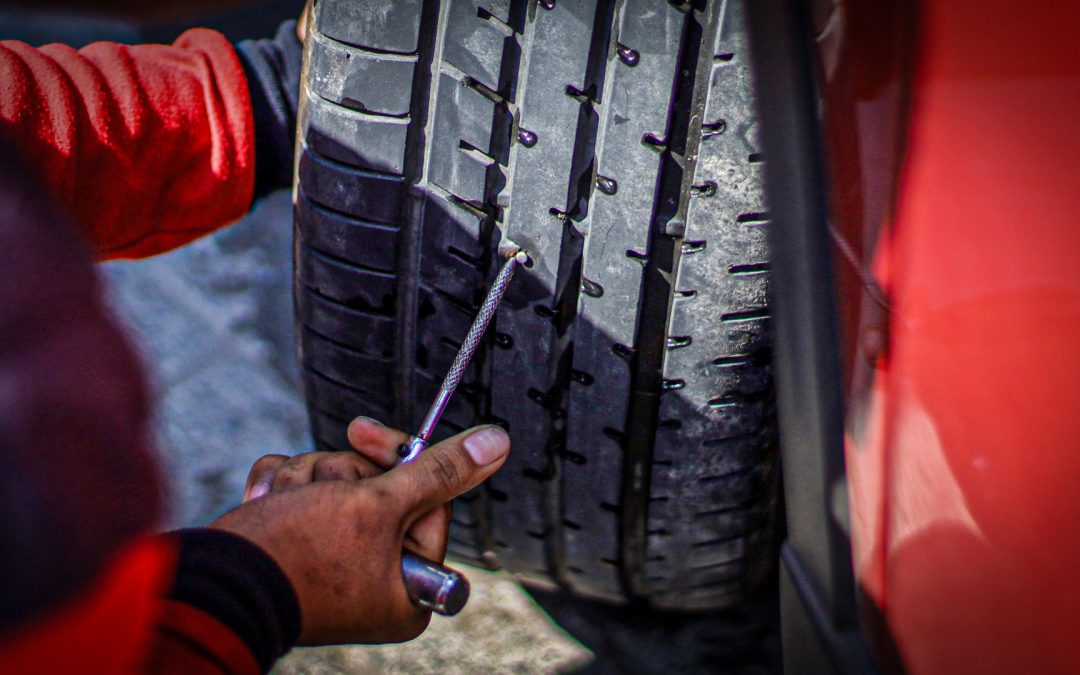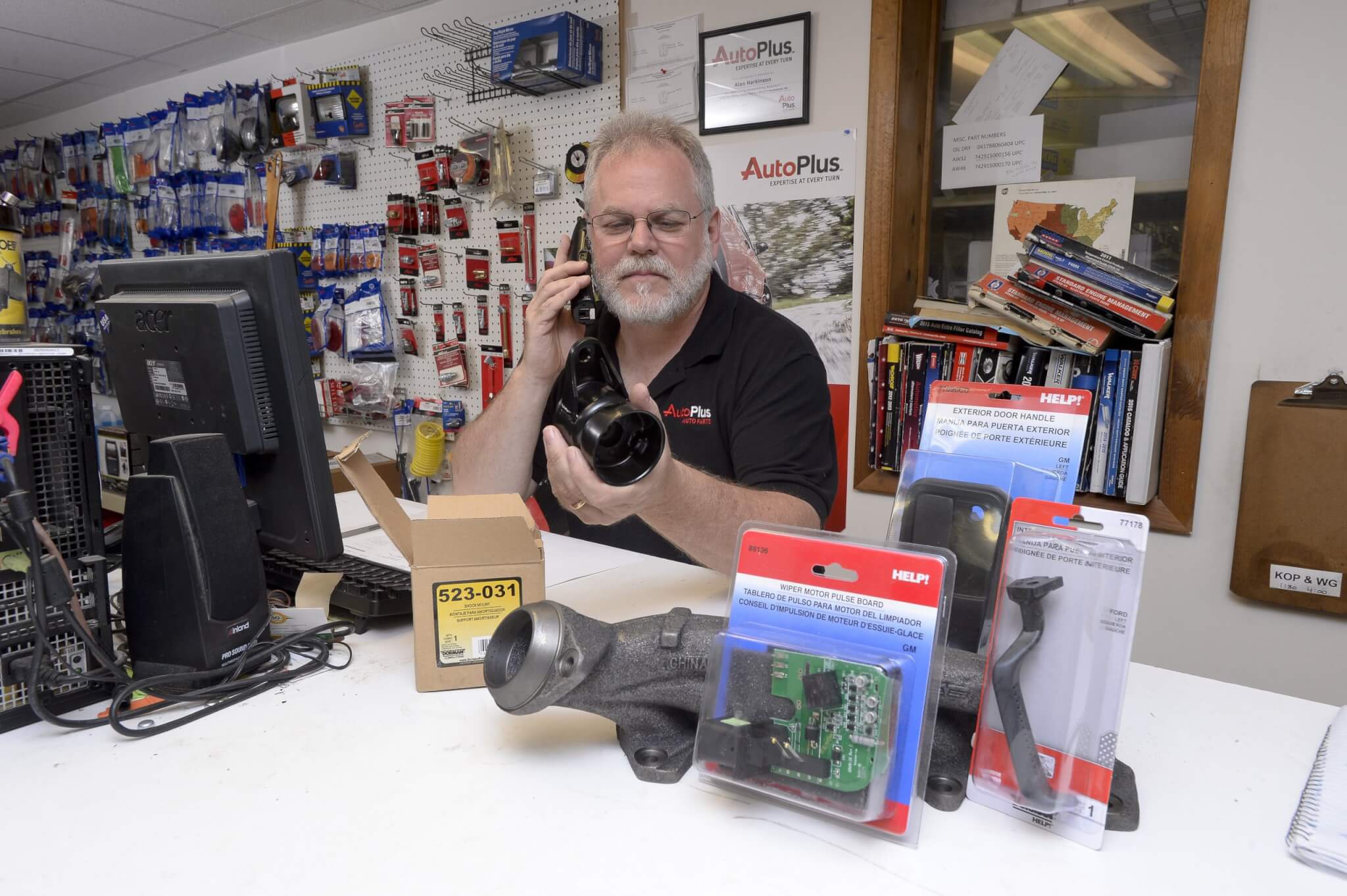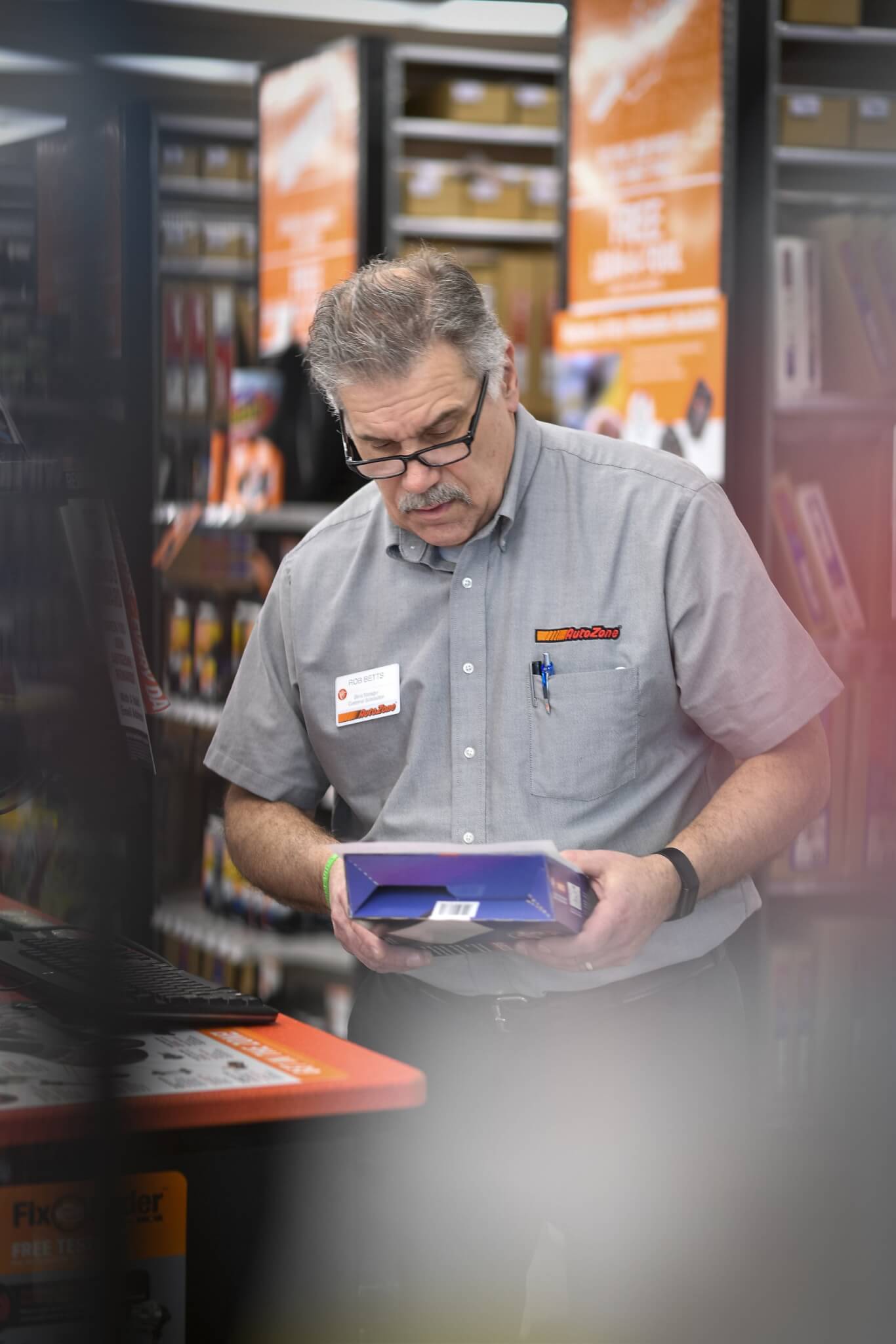Patching a punctured tire is a common job, but are you up to date on the latest guidance for safe plug locations?

Every tech has wound up with the wrong part in hand, usually with a vehicle ripped apart and parts strewn everywhere. Obscenities are uttered, followed by some shouting across the shop to the service writer about how it’s costing time in the bay. Then again, maybe your customer brought his own parts to install and ol’ Google didn’t get it right on the first try. In either scenario it’s a time-suck followed by an awkward conversation. Sometimes, there’s a better way.
In my lifetime, I’ve sold parts as a commercial counterman, purchased parts as the manager for a large used car dealership, and currently I help with installation and troubleshooting of the parts as a specialist on Dorman’s Tech Line. This sort of mirrors the sales process all auto parts go through: they’re manufactured, then sold to a distributor or retailer, and then they’re purchased by an installer. Having seen wrong parts go out the door in all three roles, I’ve got some advice on how to prevent the wrong parts from arriving in a bay in the future, since the person buying is the one who ends up with the headache.
First, I’d recommend utilizing all the tools and technology at your disposal. When I worked the counter, the internet was in its adolescence and smartphones were a thing of the future. The only way to see a part was to look at the image in the parts catalog or to (hopefully) pull it off the shelf, physically put it in front of the customer and have them verify that the part was correct. Today, of course, digital images are easy to obtain. It’s now possible to quickly compare two pictures, even if one of the parts isn’t on the shelf. This is also helpful when dealing with redesigned parts and items that have been updated by the manufacturer. We used to rely only on a note with the part in the box, and the catalog might make no mention of the differences. Now with electronic catalogs being updated real-time, even novice shade tree mechanics can read about why the “wrong” part is exactly what the doctor ordered. This verification eliminates guesswork about whether the part requested is the one received.
This tip is even more applicable on the commercial counter since the tech is almost never in front of you with the part—you’re usually getting a description over the phone. (That’s the so-called “redneck relay!”) Even better, if you have a tablet, walk out to the bay and show them what you’re seeing. Most shops have access to an online service guide. Pull it up, use the diagrams and select the part that your tech wants. And if you’re on the counter, the reverse is true—most techs will happily pull out a phone and snap you a picture if it means getting the right part on the first try.
This gets you exactly the part numbers your tech wants to do the job right. As an added bonus, this often leads to a companion or preventive parts sale being added on. (“Oh yeah, I need a gasket set for that, too.”) Your tech will thank you for getting all the parts (the right parts!) quickly. Come to think of it, so will the parts house. I guarantee this method is faster than waiting for the delivery truck to arrive, and it’s way faster than that truck making the trip twice.

Get on the phone and go to the source. Photo by Mike Apice.
Second, I’d urge you to be as precise as possible. Nomenclature matters! A part’s name isn’t always the same from manufacturer to manufacturer. Is it a freeze plug, a core plug, or an expansion plug? Does your vehicle use an integrated control module or a totally integrated power module? (That one’s for all you Chrysler fans.) “Jim, you got this car marked down here for a fan. Cooling fan or blower fan?” If you order parts for your shop and the requested parts on a repair order from a tech out in the bay are confusing, take a second and ask. This also goes for the vehicle, too—was that Merc a Mariner or a GLE? Was the one-ton the bucket truck in Bay 2 or the passenger van out in the lot?

Check the part. Photo by Mike Apice.
Finally, if you ever have doubts about a part you’ve looked up on your parts house’s ordering site, I urge you to go to the source. Don’t just google a question and assume the first link is the answer to your prayers. Go to the manufacturer’s website or call their Customer Service or Tech Line. See what they say about the part you’re looking at. Are there any application guides or fitment notes?
There’s a very practical reason to do this: unfortunately, there is only so much detail the parts houses are able put on their product detail pages and sometimes you will get a more precise answer that may save you from an incorrectly ordered part. If you still have any doubts, the surefire way to search is by the OEM part number. At Dorman, we have an interchange search feature on our site, and many other manufacturers do, too. If you have an OEM part number, enter it there and we’ll display any parts we make that either directly interchange to that OEM part, or in the case of a non-direct interchange, other related parts.
Look, the parts counter, service counter, and tech must help one another to avoid incorrect orders. Similarly, manufacturers need to clearly delineate what they are producing and what it fits. Retailers must convey what parts may fit a given vehicle. And installers need to use that information—we’re all responsible.
Making an engine run requires fuel, air, and spark. Take away any of those three things and the engine won’t run. Take away proper parts lookup by manufacturers, retailers, or parts and service pros, and the shop won’t run.
The articles and other content contained on this site may contain links to third party websites. By clicking them, you consent to Dorman’s Website Use Agreement.
Participation in this forum is subject to Dorman’s Website Terms & Conditions. Please read our Comment Policy before commenting.